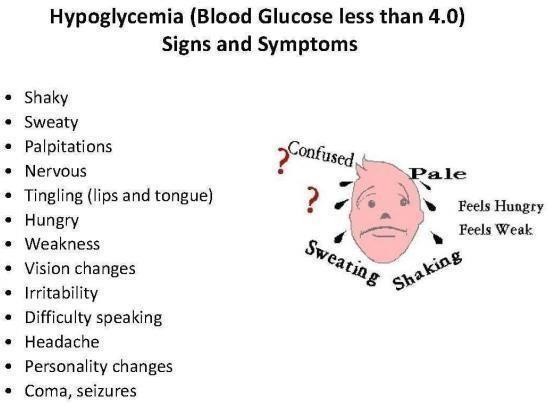A nurse is providing teaching for a client who is newly diagnosed with type 2 diabetes mellitus and wants to better understand the pathophysiology of diabetes. Which of the following statements is correct?
"Lifestyle changes cannot help this diagnosis because it is most likely genetic.'
"Your body produces some insulin but not enough to help move glucose into the cells."
"Your cells have become resistant to glucose and you will have to change your diet."
"Your body does not produce any insulin, so your cells cannot absorb glucose.
The Correct Answer is C
A- Type 2 diabetes is multifactorial- both genetic and lifestyle have a role in its development. Individuals with a positive family history for diabetes are more likely to develop the illness. Exposure to sedentary lifestyle increases the risk even more in these individuals.
This condition is characterized by insulin resistance, where the body's cells do not respond properly to insulin, and by a relative insulin deficiency, where the pancreas does not produce sufficient insulin for the body's needs. Lifestyle changes, such as diet and exercise, can be very effective in managing type 2 diabetes because they can improve the body's sensitivity to insulin and help control blood glucose levels.
Describes type 1 diabetes, where the pancreas produces little to no insulin, which is different from type 2 diabetes. In type 2 diabetes the body produce insulin but is either inadequate or there is increased tissues resistance to insulin
Nursing Test Bank
Naxlex Comprehensive Predictor Exams
Related Questions
Correct Answer is B
Explanation
Rationale-The symptoms of sweating and feeling anxious in a client with type 1 diabetes mellitus are indicative of hypoglycemia. Hypoglycemia occurs when blood sugar levels fall too low, which can happen with the administration of insulin or other diabetes medications, missed meals, or increased exercise without adequate dietary adjustment. These symptoms are part of the body's natural response to low blood sugar, as it tries to signal the need for a source of energy. It is important for the nurse to recognize these signs promptly and respond with appropriate interventions, such as providing a fastacting carbohydrate, to prevent further complications associated with hypoglycemia.
A, C -Hyperglycemia and ketoacidosis presents with respiratory distress and a fruity odor. They occur due
D-Nephropathy presents with lack or reduced urine output. Injury occurs the renal tubules reduces renal ultrafiltration and reabsorption.

Correct Answer is A
Explanation
Rationale- the most appropriate action for a nurse to plan would be to increase the client's fluid intake. This action helps to restore the fluid volume in the body, thereby improving blood pressure levels.
Proper hydration is crucial in dehydrated and hypotensive clients.
B- The Valsalva maneuver is not typically recommended for hypotension as it can further decrease blood pressure.
C- Elevating the head of the bed is generally advised for clients with respiratory issues, not primarily for those with hypotension. Guided imagery can be a useful tool for relaxation but does not directly address the immediate physiological needs of dehydration and hypotension.
D- Relaxation does not solve the client’s issues
Whether you are a student looking to ace your exams or a practicing nurse seeking to enhance your expertise , our nursing education contents will empower you with the confidence and competence to make a difference in the lives of patients and become a respected leader in the healthcare field.
Visit Naxlex, invest in your future and unlock endless possibilities with our unparalleled nursing education contents today
Report Wrong Answer on the Current Question
Do you disagree with the answer? If yes, what is your expected answer? Explain.
Kindly be descriptive with the issue you are facing.
